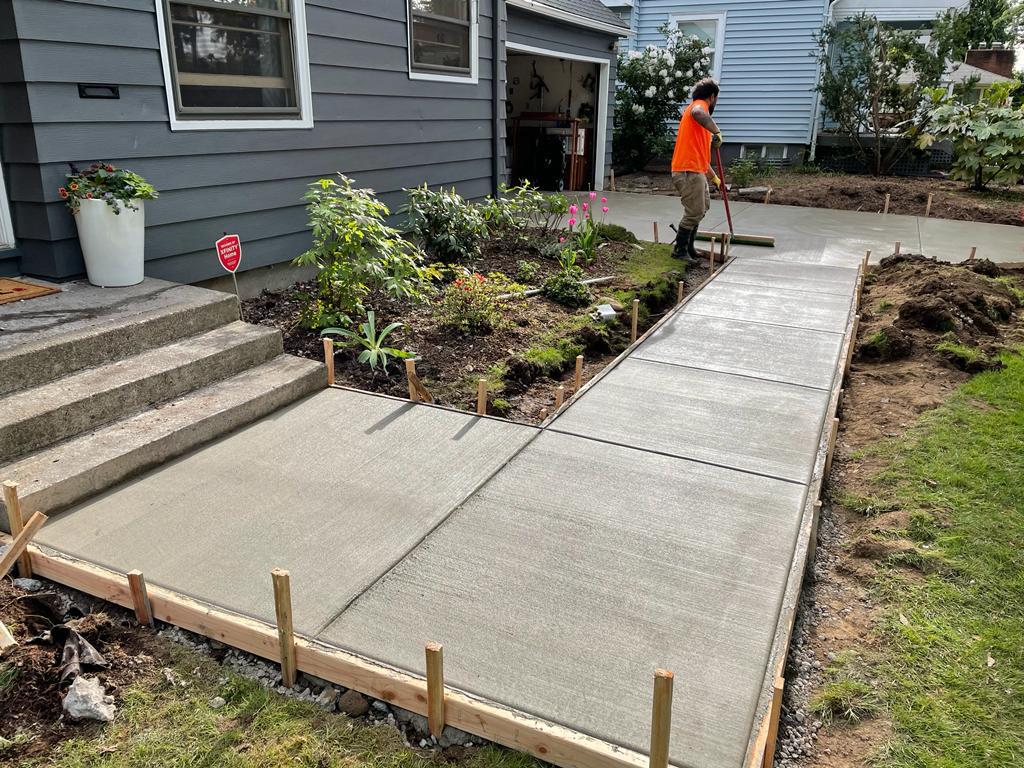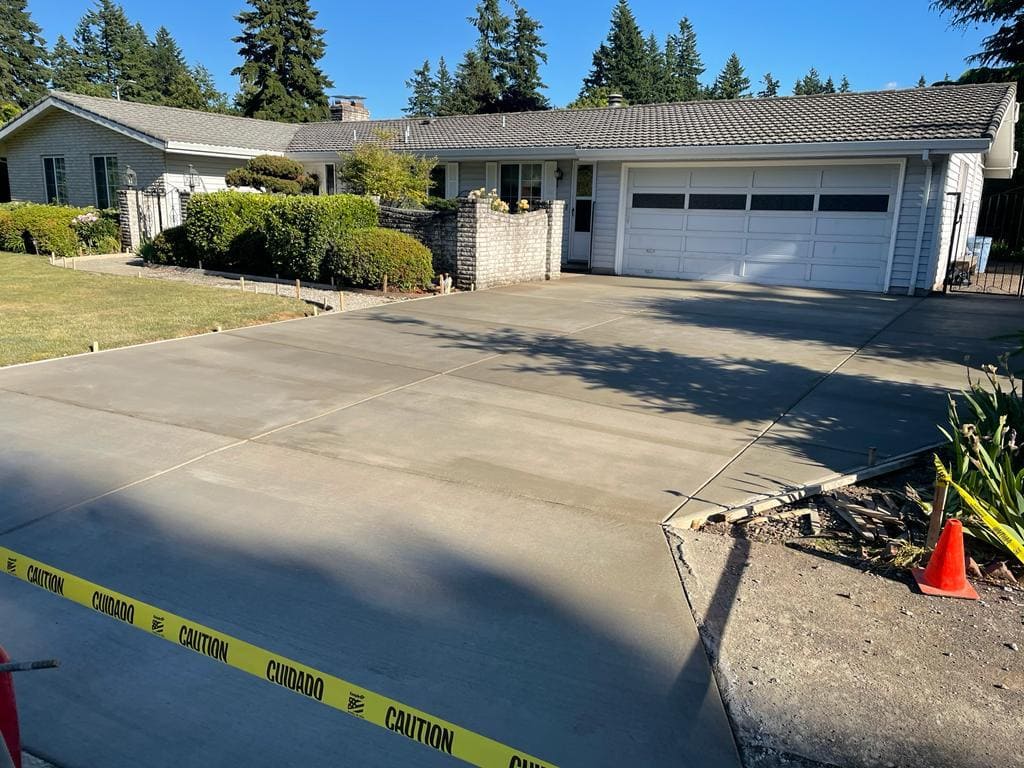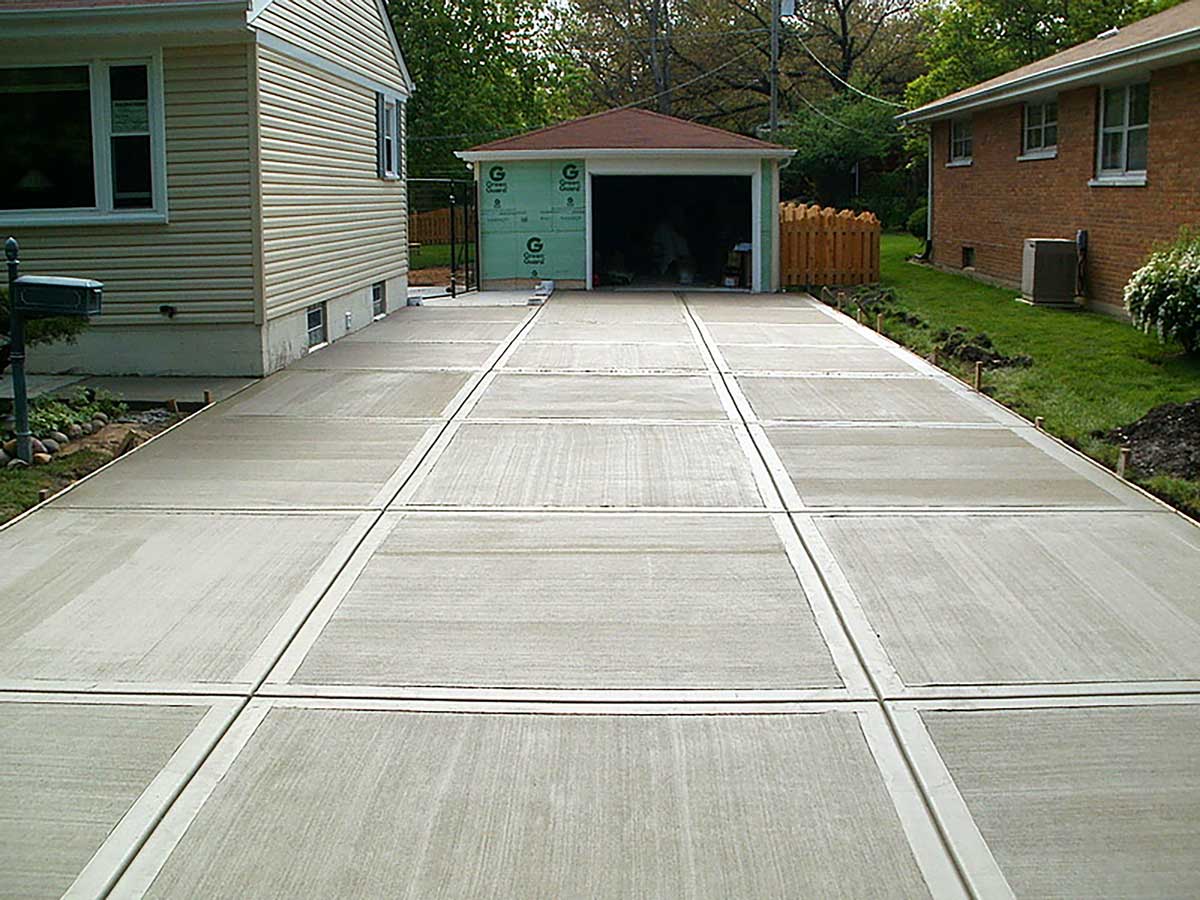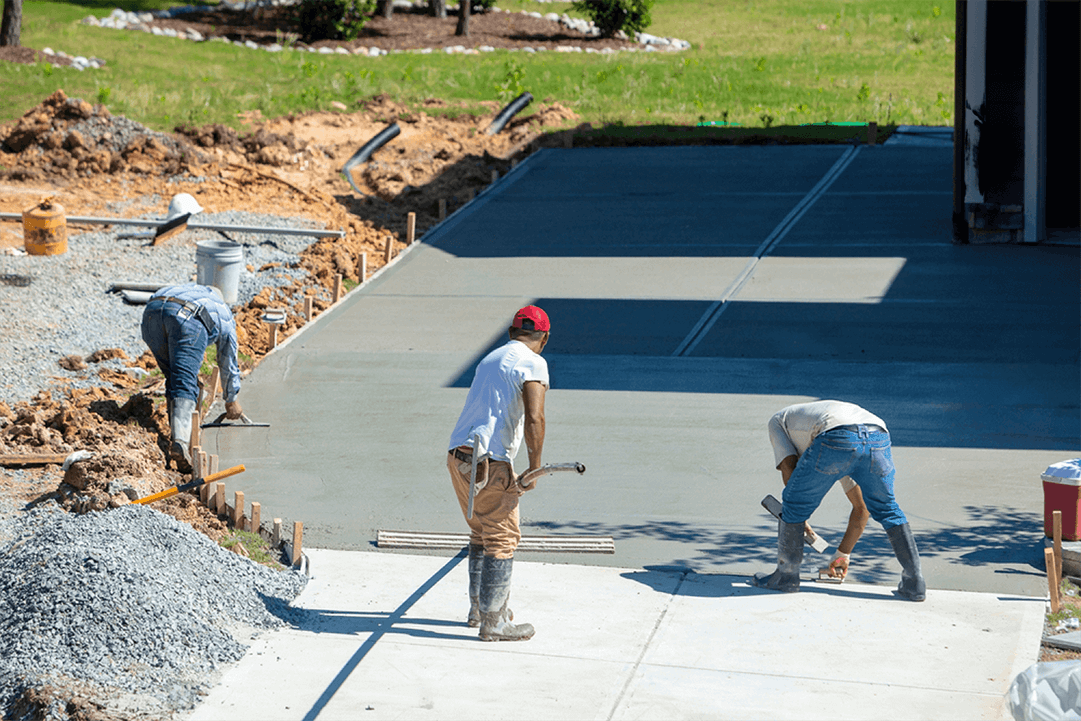Concrete sidewalks are installed to provide pedestrians with a strong, level, and consistent travel path through the right of way and, in some cases, saturated grassy areas. Over time, the concrete surface frequently requires necessary maintenance and repair. Most concrete specialists can perform minor repairs such as crack filling, releveling, and sealing. However, there are times when concrete so deteriorates that it must replace entirely.
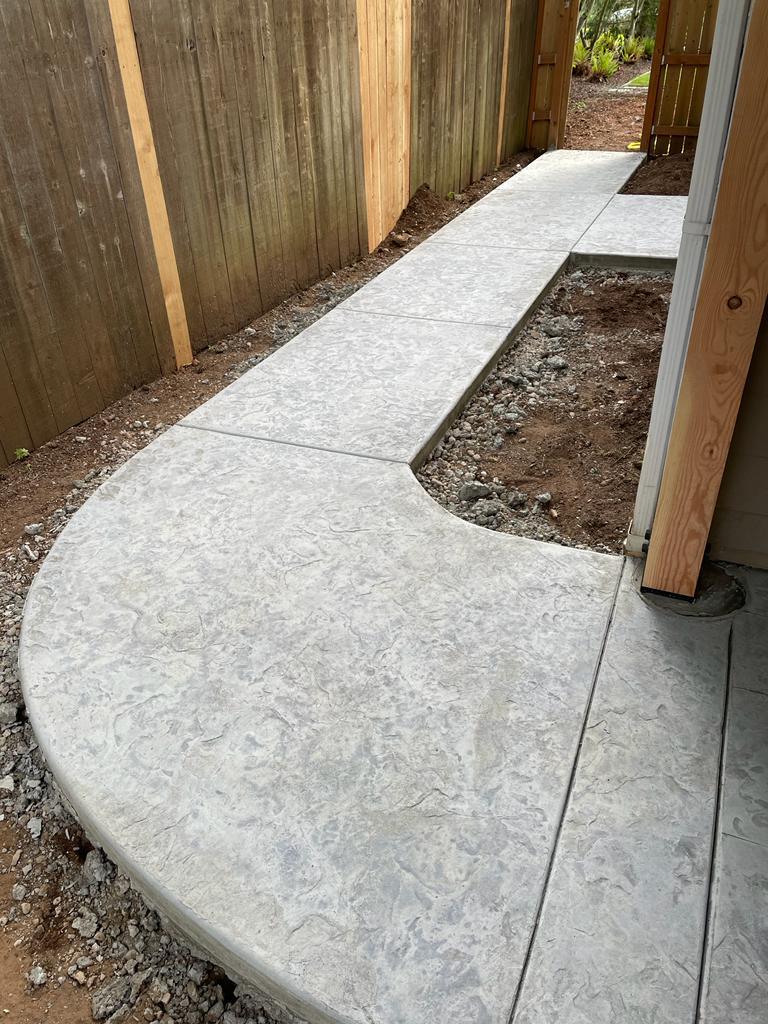
Determining the extent of damage to your sidewalk:
How do you know whether your sidewalk should be replaced or repaired? It is time to change it when it becomes a hazard or causes harm to people or vehicles. However, other indicators indicate that your concrete may need to be repaired within the next few years. Among the most apparent indicators are:
● Cracks are visible throughout the sidewalk.
● Problems with water pitching or flooding
● Unsightly potholes
● Curbs that are crunching or cracking
● Seams or expansion joints are rising or falling.
● Tree roots encroaching on the sidewalk
● Natural forces such as storms or earthquakes can cause larger cracks.
Who is in charge of replacing sidewalks?
An individual homeowner is normally responsible for maintaining their walkway. While working on sidewalks, a permit and inspections are often required in many localities. Find out whether you need a permit from the city’s public works department or homeowners association before undertaking any work.
How to do it Steps -yourself sidewalk repair
● Removed damaged areas: Insert your chisel into the crack, angled slightly outward. Tapping your sledgehammer on concrete to widen the gap at its bottom rather than its top is best.
● Clear the debris: Brush out loose concrete with a wire or stiff fibre brush so that the remaining material does not weaken your repair. Use a sponge to dampen the old condensation after cleaning. It will help in the formation of a new patch’s adhesive bond.
● Patch the whole with patching material: When it is ready, insert it into the crack and smooth it out with a trowel.
● Use bonding agent: After painting on the bonding agent, wait 10-15 minutes for it to harden. Use a trowel or a puffy knife to pack anchoring cement into the void left by the previous step. Keep the patch wet by covering it with plastic until it is completely healed.
●
Do-it-yourself concrete sidewalk replacement
A complete slab replacement may be the best solution if your sidewalk can no longer be repaired. Having gotten the necessary permissions from your city, you will need to schedule a day to finish this job. Determine whether it’s safe to go out in the weather and whether the temperature is right.
Create a protective barrier around the work area: Ensure your neighbours know that the walkway is closed for a few days, so they don’t get hurt. Work zones should be marked with traffic cones and warning tape in bright yellow.
Remove the section of concrete that has been damaged.
Dismantle the slab with your jackhammer so you may dispose of it in your leased dumpster or garbage container. If you don’t want to rent or use a jackhammer, you may use a hammer and chisel to break up the concrete.
Preparing and cleaning the pit where the concrete will be removed
After you’ve removed all the concrete rubble from the part you’re repairing, rake the soil to produce a smooth surface. Cut the two-by-fours using a circular saw so that they are the same size on both sides. Two-by-fours should be level with the sidewalk at the edges. Using wooden stakes and crews, secure the two-by-fours in place. To ensure your stakes are level with the sidewalk’s 2x4s, use your circular saw to trim the tops to a flush height.
By combining 1 gallon of water with the correct amount of concrete mix, as recommended by our city, wet concrete may be mixed and shovelled. Stir the mixture with a shovel until it reaches a medium-thickness consistency. Make sure the top of your shaped piece is completely covered with your mixed concrete.
The smoothness of the surface, an additional two by four dragged carefully over your new slab’s top, will smooth and level it out. Use your shovel to remove any extra concrete from the surface.
Conclusion: If you want to know more about how to repair and replace concrete sidewalks, this article. It has complete information.

